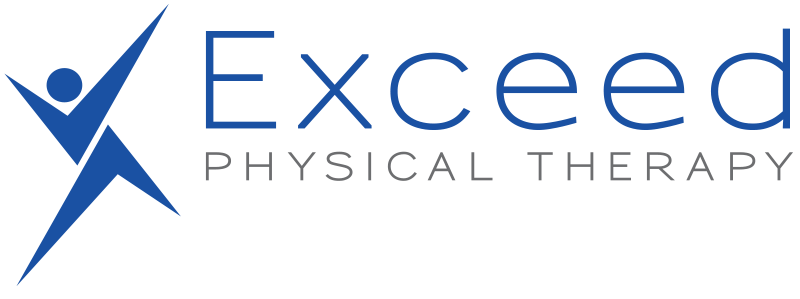Sports Physical Therapy
Sports Physical Therapy
What is Sports Physical Therapy?
Sports physical therapy focuses on preventing, evaluating, treating, and rehabilitating sports-related injuries and conditions. It aims to help athletes of all levels—amateurs and professionals—recover from injuries, improve performance, and prevent future injuries.
Benefits of Sports Physical Therapy
- Injury Prevention: Sports physical therapists provide guidance on proper training techniques, equipment use, and conditioning programs to help athletes prevent injuries. They also educate athletes on body mechanics and posture to minimize the risk of injury.
- Evaluation and Diagnosis: Therapists perform comprehensive assessments to accurately diagnose sports injuries. This involves understanding the athlete’s medical history, conducting physical examinations, and using diagnostic tools to identify the extent and nature of the injury.
- Individualized Treatment Plans: Each athlete receives a customized treatment plan tailored to their specific injury, sport, and goals. Treatment plans often include exercises, manual therapy, and modalities such as ultrasound or electrical stimulation.
- Rehabilitation: Sports physical therapists guide athletes through rehabilitation programs to restore function, strength, flexibility, and endurance. These programs are structured to ensure a safe and efficient recovery process.
- Pain Management: Therapists use various techniques to manage and alleviate pain associated with sports injuries. This may include manual therapy, ice/heat therapy, and other modalities to reduce inflammation and discomfort.
- Improved Mobility and Flexibility: Stretching and range-of-motion exercises help restore and improve the flexibility and mobility of the injured area, preventing stiffness and promoting functional recovery.
- Strengthening: Specific exercises target weakened or injured muscles, tendons, and ligaments, enhancing strength and stability to support recovery and prevent future injuries.
- Restoration of Function: Physical therapy focuses on restoring the normal function of the injured body part, enabling athletes to return to their sport with improved performance and reduced risk of re-injury.
- Scar Tissue Management: Techniques such as massage and mobilization help properly heal and align scar tissue, preventing adhesions that can restrict movement.
- Performance Enhancement: Beyond injury recovery, sports physical therapy focuses on optimizing athletic performance. Therapists work with athletes to improve strength, agility, speed, and overall physical condition, enhancing their ability to perform in their sport.
- Return-to-Sport Training: Therapists develop structured and progressive return-to-sport plans, ensuring athletes transition safely back to their sport. This includes sport-specific exercises and drills that simulate the demands of the athlete’s activity.
- Post-Surgical Rehabilitation: Sports physical therapy is crucial for post-operative recovery for athletes who have undergone surgery. Therapists help manage pain, restore range of motion, and rebuild strength and function.
Sports physical therapy can help with various issues related to sports and physical activities. Here are some areas where sports physical therapy can be beneficial:
- Acute Sports Injuries
- Chronic Conditions
- Post-Surgical Rehabilitation
- Overuse Injuries
- Strength and Conditioning
- Flexibility and Range of Motion
- Balance and Coordination
- Performance Enhancement
- Pain Management
- Recovery and Restorative Practices
- Education and Injury Prevention
- Return-to-Sport Programs
- Functional Training.
Sports physical therapy can address a wide array of needs, from immediate injury care to long-term performance enhancement, ensuring athletes remain healthy and competitive in their respective sports.
We deliver more than expected.

